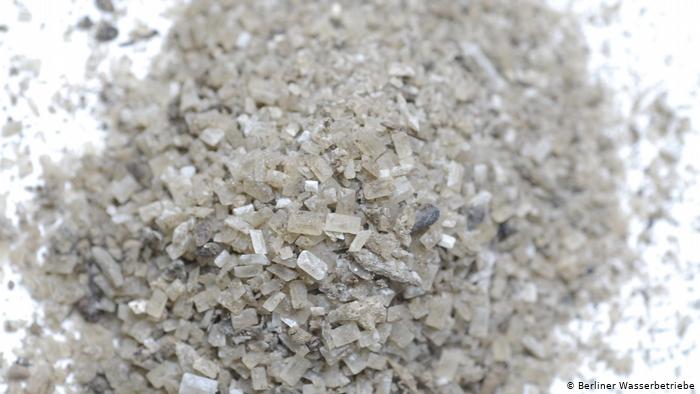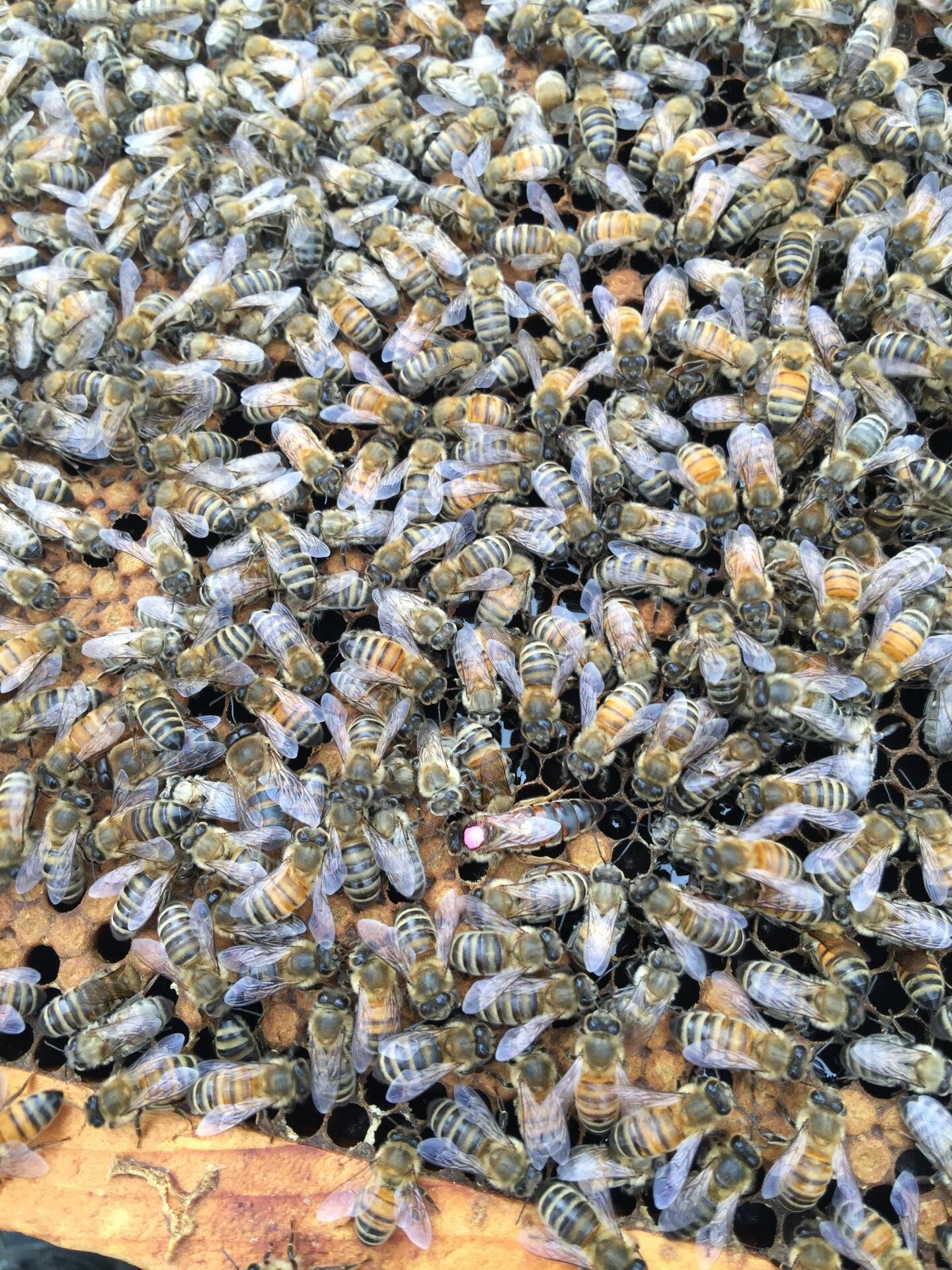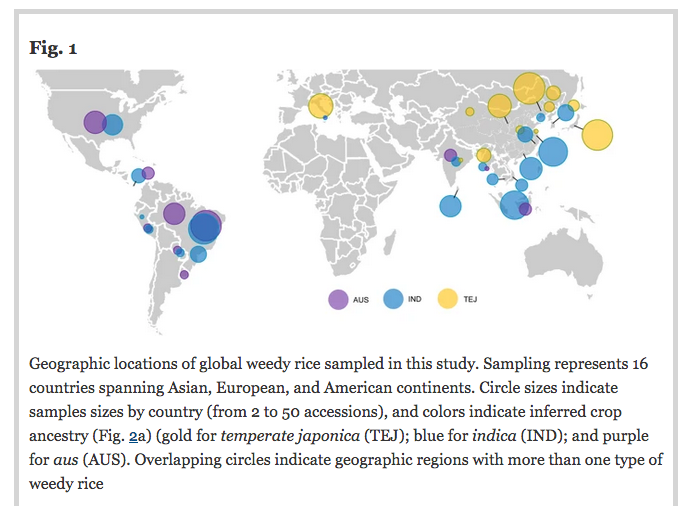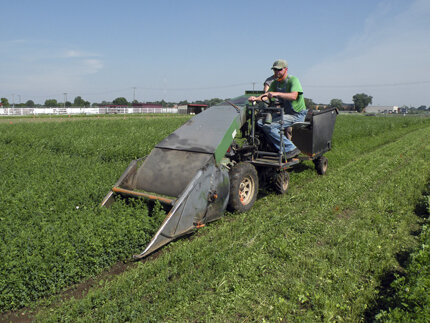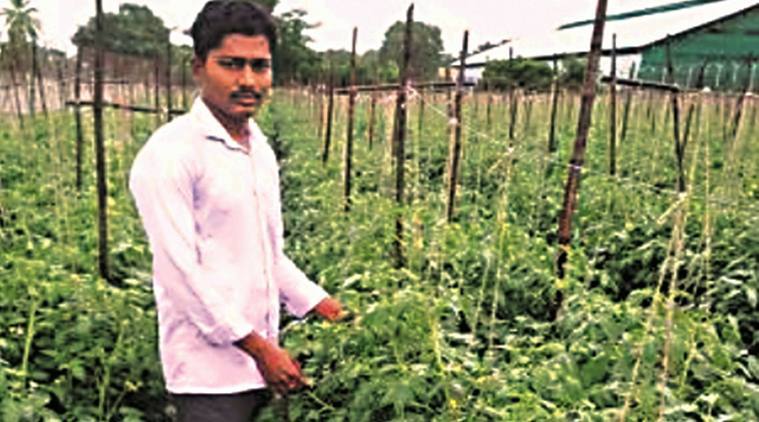 John LaRose Jr.
John LaRose Jr.
Topics: Agriculture Global, Fertilizer, World Hunger, Climate Change,
-
(0)
-
Bookmark
- Comments (0)
-
(0)
-
Bookmark
- Comments (0)
 John LaRose Jr.
John LaRose Jr.
Topics: Rice, Agriculture Global, GMO's, Fertilizer,
-
(0)
-
Bookmark
- Comments (0)
 John LaRose Jr.
John LaRose Jr.
Topics: Soil Health, Food/Nutrition, Alfalfa/Hay, Fertilizer,
-
(0)
-
Bookmark
- Comments (0)
 John LaRose Jr.
John LaRose Jr.
Topics: Soil Health, Sustainability, Fertilizer, Ag India,
-
(0)
-
Bookmark
- Comments (0)
 Kim Bremmer
Kim Bremmer
Topics: Livestock/Meat, Dairy, Agriculture US, Poultry, Water, Pork/Swine/Pig/Hog, Fertilizer,
Agriculture is frequently blamed for issues that may or may not have been caused by agriculture practices today. The topic of nitrates in drinking water is one of those things. Isotope testing is an available tool that farmers should be aware of when the topic is brought up on their farms. Too often policy makers and the environmental regulatory community want black and white answers when it might be more complicated than that. Nitrates have many other sources, and continuing to always point the blame at agriculture and add more layers of regulation are not helpful solutions.

-
(1)
-
Bookmark
- Comments (0)
 Kim Bremmer
Kim Bremmer
Topics: Soil Health, Fertilizer,
Amazing research going on in Illinois looking at the effects of fertilizer on soil health...the assumption has always been that fertilizer is harmful to soil bacteria. But that may not be the entire truth...
-
(2)
-
Bookmark
- Comments (1)
-
(0)
-
Bookmark
- Comments (0)
04/30/2020 SOURCE: techcrunch.com
“Growers and our planet deserve a better fertilizer – one that balances on-farm economics with the farmer’s commitment to leave the land better for the next generation..."
-
(0)
-
Bookmark
- Comments. (0)
 John LaRose Jr.
John LaRose Jr.
Topics: Corn/Maize, Agriculture US, Fertilizer,
by Emerson Nafziger As was the case a year ago, there have been limited opportunities to apply nitrogen fertilizer since last fall. Rainfall in Illinois through the first three weeks of March has been at or above average, and temperatures have been a few degrees above normal. Soils remain wet, and there is little in the current weather pattern to indicate that a drying period is on its way soon. Potential drying rates will increase as temperatures rise, though, and we will hope that rainfall remains at or below normal to allow soils to dry as we move into April. N rate Despite difficult conditions in 2019, Dan Schaefer of the IFCA and John Pike in southern Illinois, with funding from the Illinois Nutrient Research & Education Council (NREC), were able to conduct on-farm N rate trials that showed that responses in most regions, even with late planting, were similar to those found in recent years. Yields were generally not as high as in 2018, but in central and northern Illinois, the fact that responses were similar to those already in the database meant that adding the data from the 2019 trials didn’t change the guideline N rates (MRTN values) by very much for this part of the state. The 2019 data in southern Illinois, however, continued the trend we saw in 2017 and 2018, in which higher yields required higher N rates to reach those yields. Such a correlation between optimum N rate and yield across trials does not exist in higher organic-matter soils in central and northern Illinois. We think this is because weather conditions (warm temperatures and plentiful moisture) that lead to high yields (and high N uptake) also increase the amount of N supplied by mineralization of soil organic matter, leaving the amount to be supplied by fertilizer unchanged, at least on average. In contrast, soils in southern Illinois have less organic nitrogen to mineralize, so high yield levels there make the crop more dependent on N from fertilizer."

-
(0)
-
Bookmark
- Comments (0)


